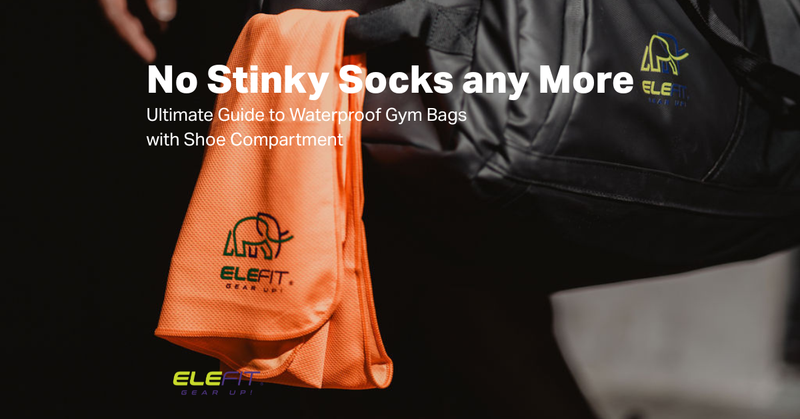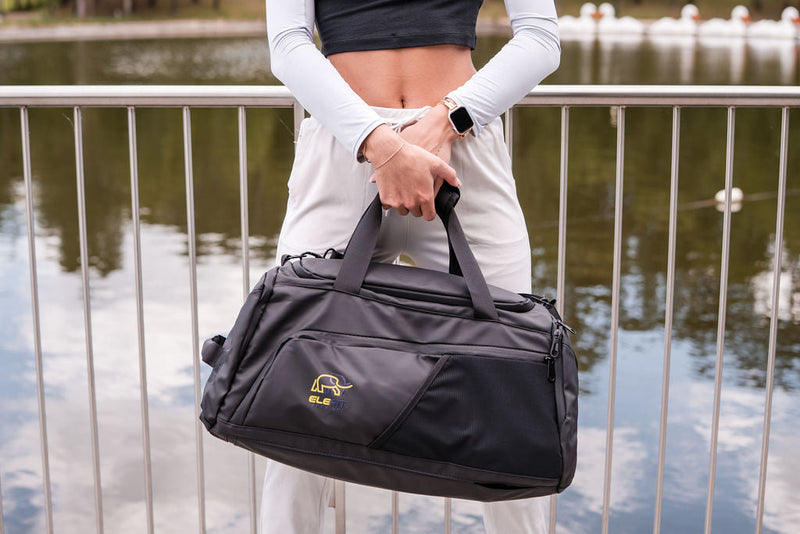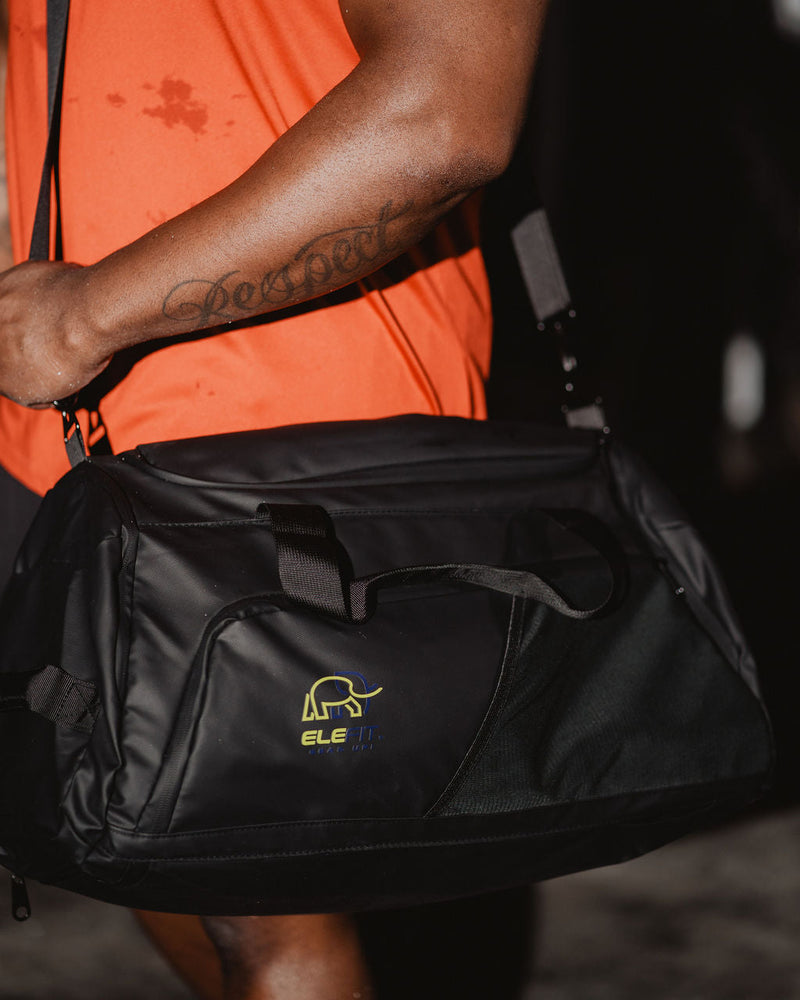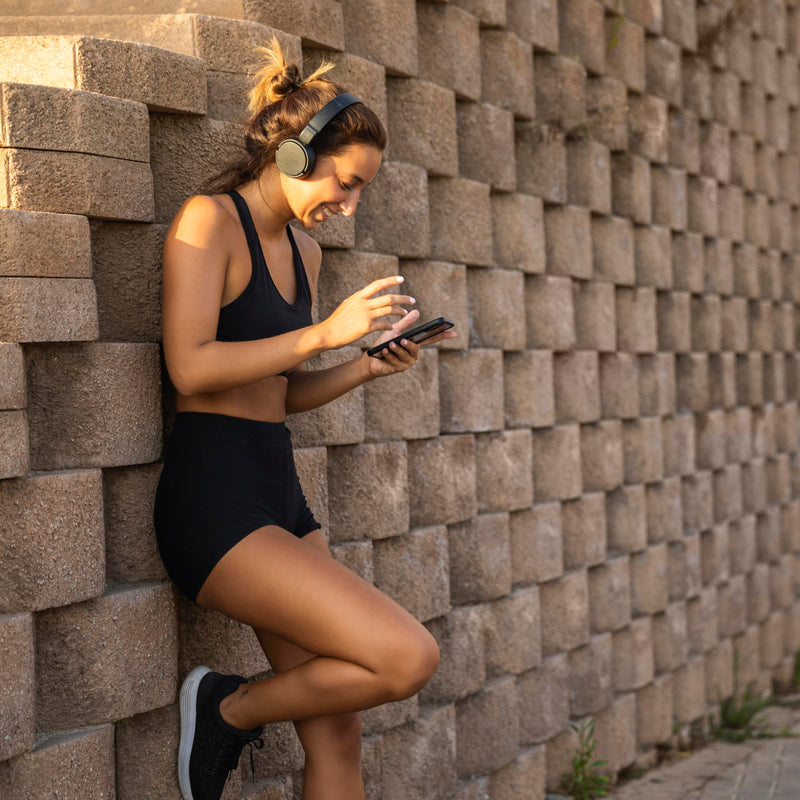"Written by a home‑grown fitness freak who’s trained inside four walls for the last five years"
So you’ve finally decided to quit waiting for the squat rack at your crowded neighborhood gym and bring the iron paradise home—high five! Building a home gym sounds pricey, but trust me: with smart planning and a few budget‑friendly fitness essentials, you can create a killer setup in even the tiniest Delhi apartment or Bengaluru hostel room.
Below is my step-by-step roadmap to craft a compact, cost-effective training zone that covers strength, cardio, mobility, and, yes, recovery, too. All prices are based on what I have paid or negotiated over the years and are approximated in Indian rupees.
Table of contents
:1. Establish a Specific Training Objective
Choose what you want from your home gym before clicking " Add to Cart ":
-
Strengthening and muscle growth
-
Conditioning and fat loss - Mobility and injury avoidance
Your objective shapes every purchase. Do you want to become stronger? First, get some free weights. Are you trying to lose weight? Give HIIT equipment and a jump rope priority. A well-defined objective equals no rupees squandered.
2. Take Back Your Area
Measure the empty corner of your garage, balcony, or bedroom. Even a 6 x 6‑foot square can host a full workout if you choose multi‑use gear. Install inexpensive interlocking EVA foam tiles to save your floor and cut down on noise (₹1,200 for 12 pieces).

3. The Big Three (Core Equipment)
|
👉 Pro tip: If you have limited floor space, avoid large barbell racks; you can still work every muscle area using adjustable dumbbells and bands.
4. Prices for Cardio Without a Treadmill
Treadmills waste space and blow up budgets. Instead, try these:
-
Step Platform (₹1,500): Do-it-yourself step classes or elevated push-ups
-
Jump Rope (₹300): burns calories and enhances coordination
-
Stair Sprints (Free): Bonus for building an apartment

5. Recuperation & Mobility Essentials
Even the best gear is useless if it’s buried under laundry. I stash everything inside a sleek Duffle Bag —yep, the same gym bag for men or gym bag for women you’d carry to a commercial gym. Additionally, a little gym bag with a shoe compartment keeps microplates, jump rope, and bands organized and tidy. For clutter-free vibes, the 1,800 rupee total cost was well worth it.
6. Organize Like a Pro
Stiff bodies are more prone to injuries. My necessities:
-
The Foam Roller (₹900): Helps release muscles after a workout.
-
The Yoga Mat (₹600): Helps with core work, stretching, and meditation.
The CoolingTowel (₹350): Provides immediate respite from the harsh Indian summer by wrapping a cooling towel for summer over your neck.

7. Prioritizing safety (floor, walls, and neighbors)
To avoid skids, place rubber stoppers on the legs of benches.
-
Never drop dumbbells on bare tile; the foam tiles cushion impact.
-
Train at reasonable hours; your downstairs aunt will thank you.
8. Sample ₹15,000 Budget Build
|
Items |
Approx. Cost (₹) |
|
Adjustable Dumbbells (max 24 kg pair) |
6,500 |
|
Resistance Band Set |
1,000 |
|
Foldable Bench |
3,500 |
|
Jump Rope |
300 |
|
Foam Tiles |
1,200 |
|
Yoga Mat |
600 |
|
Cooling Towel (2‑pack) |
700 |
|
Duffle Bag for storage |
1,200 |
|
Total |
15,000 |
👉 That’s less than a one‑year premium gym membership in many cities—and the gear lasts for years.
9. Configuring Home Exercise Programs
Three Days a Week (Legs Split, Push or Pull)
-
Push: Dumbbell presses, banded push-ups, and overhead triceps extensions
-
Pull: Curls, one-arm rows, and band face pulls
-
Banded hip thrusts, Bulgarian split squats off the bench, and goblet squats are examples of leg exercises.
📌After two aerobic exercises, add jump rope intervals (30 seconds on and 30 seconds off × 10) to your routine.
10. Maintain A High Level of Motivation
-
Keep track of PRs using an app or notebook (cheap dopamine).
-
Play a different mix every month—energy is equal to Bluetooth earbuds plus beast-mode music.
-
Use a video conference to train with a friend; there is no cost for accountability.
11. When to Upgrade
Once dumbbells feel light at full load, grab extra weight plates or a pair of heavier dumbbells. Space to spare? Consider a kettlebell set or a compact squat rack later.
Final Thoughts
Building a home gym in India doesn’t require Bollywood-star bank accounts. It takes smart buys, creative space hacks, and consistency. My tiny second‑floor apartment houses every tool I need to deadlift, press, jump, and stretch—no commute, no waiting for equipment, no monthly fees. If a five‑year home‑gym rat like me can do it, so can you.
All set to go? Take out a foam tile, fill your duffel bag with bands, grab that cooling towel for travelling, and transform your unused space into the building's most functional area. Your future self will appreciate it when you're strong, torn, and sweaty.
Summary
Define Your Goal: Before you buy any equipment, decide on your primary fitness objective, whether it's strength, fat loss, or mobility. This ensures every purchase is purposeful.
Maximize Your Space: Even a small area like a 6x6-foot corner can be a full gym. Use interlocking foam tiles to protect your floors and reduce noise.
Focus on Core Equipment: The "Big Three" for a budget gym are adjustable dumbbells, resistance bands, and a foldable bench. These versatile items can be used for a full-body workout without taking up much room.
Choose Smart Cardio: Instead of a bulky, expensive treadmill, opt for a simple jump rope or step platform for effective cardio workouts.
Prioritize Recovery: Don't forget a foam roller and a yoga mat for stretching and injury prevention. A cooling towel is also a valuable, low-cost addition for workouts in the Indian climate.
Stay Organized: Keep your gear tidy and accessible in a duffel bag. This simple solution prevents clutter and keeps your space functional.
Set a Budget: You can create a complete home gym for around ₹15,000, which is often less than the cost of a one-year commercial gym membership.
 Our most-loved styles.
Our most-loved styles. 







